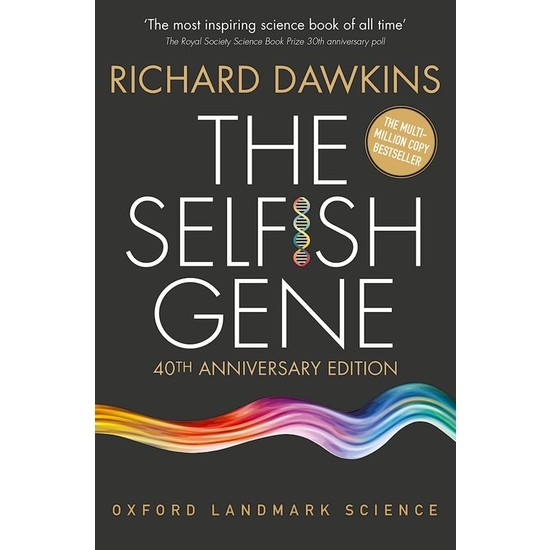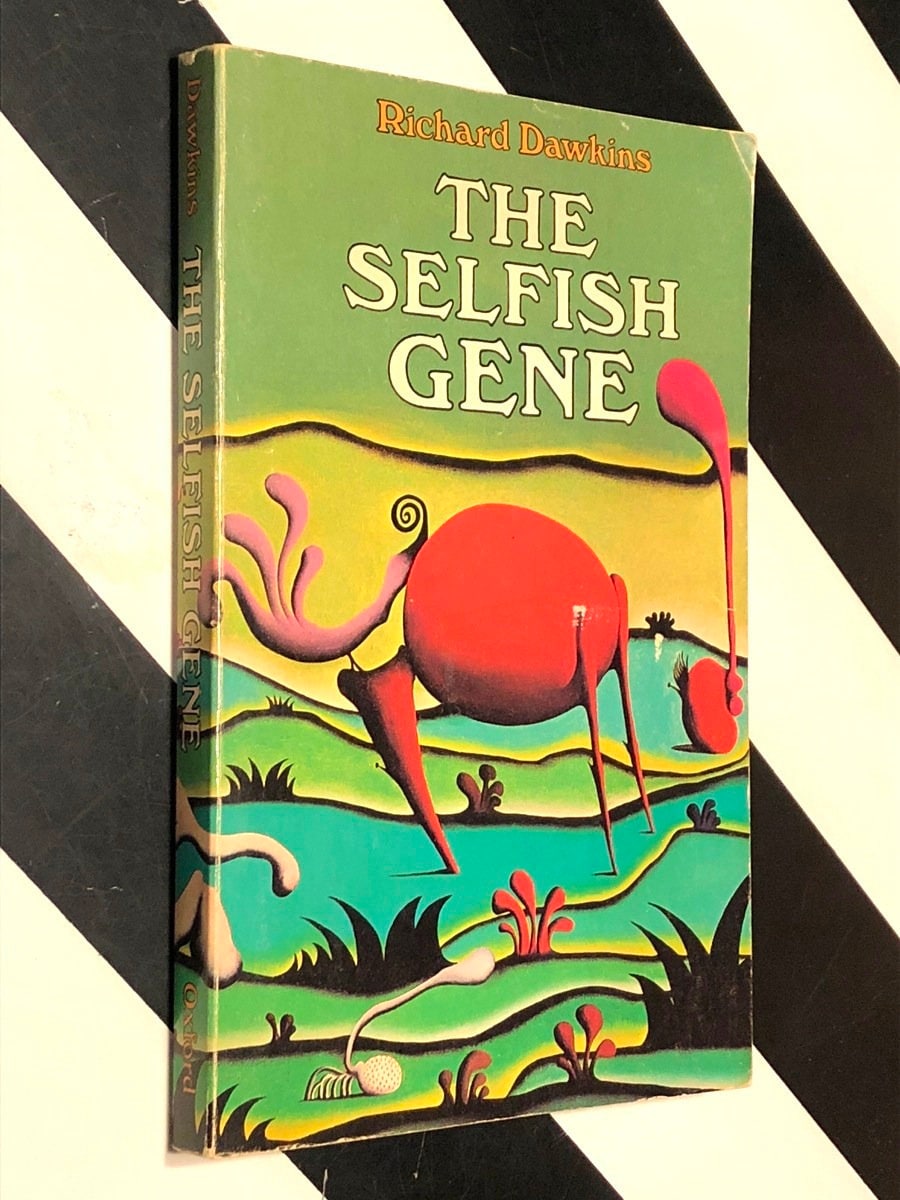

As a consequence, the ultimate beneficiary of selection is the gene. Whereas individual organisms are temporary occurrences-present in one generation, gone in the next-genes are potentially immortal and their structure is passed on from generation to generation.

Under this view of life, the fundamental unit of selection is the gene. Hamilton, the most ambitious form of the gene’s-eye view was spelled out in two later books: George Williams’s Adaptation and Natural Selection (1966) and Richard Dawkins’s The Selfish Gene (1976). Fisher, as well as the social evolution models of W. D. Tracing its origins to the emergence of population genetics during the modern synthesis of the 1930s, especially to the writings of R. A. Selfish gene theory, or the gene’s-eye view of evolution, however, offers a radically different picture of evolution by natural selection. It is individuals that vary in phenotype, individuals that struggle to survive environmental pressures and compete over access to mates, and individuals that vary in fitness according to phenotype. The book also coins the term meme for a unit of human cultural evolution analogous to the gene.In its original formulation, Darwin’s theory of evolution by natural selection was based upon individual organisms.


They generally, for reasons that we shall come to, gang together into large communal survival machines or ‘vehicles’." The fundamental units of natural selection, the basic things that survive or fail to survive, that form lineages of identical copies with occasional random mutations, are called replicators. One way of sorting this whole matter out is to use the terms ‘replicator’ and ‘vehicle’. From the gene-centred view, it follows that the more two individuals are genetically related, the more sense (at the level of the genes) it makes for them to behave selflessly with each other.Īn organism evolves to maximise its inclusive fitness-the number of copies of its genes passed on globally (rather than by a particular individual).ĭawkins proposes the idea of the "replicator": " the central role in natural selection. Hamilton's work.ĭawkins used the term "selfish gene" as a way of expressing the " gene-centred view of evolution". Williams's book: Adaptation and Natural Selection, and helped popularize W.D. The Selfish Gene is a book on evolution by Richard Dawkins, published in 1976.


 0 kommentar(er)
0 kommentar(er)
